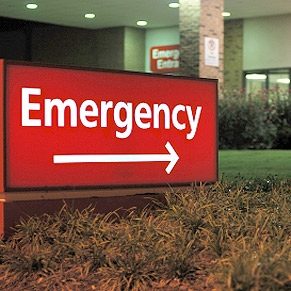
To go or not to go to the ER? For many of us, that is the question when sickness or injury flares up. Err on the side of caution if the patient is elderly or a child. With some older people, even a minor infection, cold or fall can turn serious quickly. As for children, watch for fever above 101°F, lethargy, unusual behaviour and a general look of illness. Here are five more “must go” scenarios:
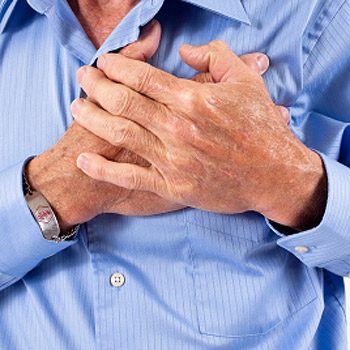
1. You suddenly feel severe pain.
A stab of pain in your chest, abdomen, head or elsewhere often signals something serious. If it’s your chest, it could mean a heart attack, especially if you’re over 35. Emergency experts want to see most people with chest pain – especially if it persists past five minutes and is coupled with shortness of breath, sweatiness, and nausea or vomiting – because they might be able to prevent damage. Heart-attack victims are notoriously reluctant to seek care, says Janet MacDonald, nurse manager at the Montreal General Hospital emergency room. She recalls a patient who felt chest pain while shovelling snow but who didn’t seek help for a few days – at which point he discovered he’d had a minor heart attack.
Dr. Worthington says even younger people with chest pains should come in because they could be experiencing a collapsed lung or a blood clot in the lung. A brutal headache – the worst you’ve ever had – may be a symptom of a brain aneurysm. Powerful abdominal pain is also very serious – it can signal an appendix attack or an abdominal aneurysm. Women with terrible stomach pain could be having a miscarriage or an ectopic pregnancy. They may not even know they’re pregnant, but these conditions – which often come with vaginal bleeding – need urgent care.
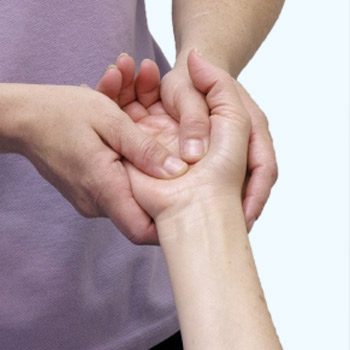
2.You feel numbness, weakness or lack of mobility.
Especially if they happen on one side of your body, these symptoms, along with temporary vision loss and a powerful headache, are the main warning signs of a stroke.
“But many people with these signs stay home because the symptoms often come and go,” says MacDonald. Signs of a stroke can crop up for one hour and disappear for the next 23 only to return again, mainly because strokes happen when oxygen can’t get to the brain due to a blocked blood vessel, and that blood vessel often isn’t fully blocked.
Most strokes happen to people over age 65, but if any of these problems arise in a family member, get help, collecting from them as many details as possible about their condition before you arrive at the hospital. If possible, have someone gather all their prescription vials, as drug interactions are a huge problem for seniors getting emergency care.
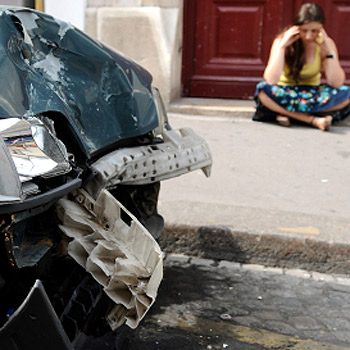
3. You’ve had a physical injury.
If you’re badly hurt in a car accident, an ambulance on the scene will automatically take you to the ER. But if you’ve injured yourself on the slopes, at the lake or by falling down the stairs, Worthington says, you should get care if you have hit your head hard and lost consciousness; have a deep or large cut; are bleeding a great deal; are experiencing swelling that comes on quickly; or are unable to put weight on an injured limb. These injuries may need immediate attention to prevent infections or other complications.
But even if you can walk away from an accident, be aware that you could be in shock – therefore feeling less pain – or your symptoms might not show up until later. MacDonald says this often happens after car accidents: People feel shortness of breath, assume they’re just upset, and a few days later end up in the ER with a broken rib that’s started to affect their breathing; they may even have a punctured lung.
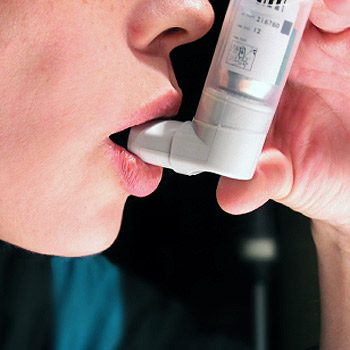
4. You have a chronic condition that worsens.
If you have a condition like asthma, diabetes, epilepsy, kidney disease, emphysema or a serious allergy, and it gets more severe, go to the ER. Dr. Alan Drummond, medical director of the emergency department at Perth and Smiths Falls District Hospital in eastern Ontario, says people with such conditions should always know the difference between a mild worsening of their condition, which may warrant a trip to their general practitioner, and something that needs urgent attention. An asthma attack, very low blood sugar, a severe seizure or a bee sting when you’re allergic merit the rapid help you can get at an ER.
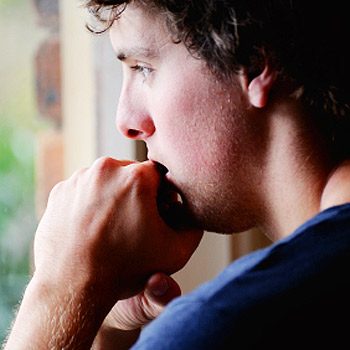
5. Mental illness is involved.
If a person has a history of mental illness such as schizophrenia, depression or manic depression and has become frightening in some way, or dangerous to himself or others, an ER is the place to go.
Also, if someone is using drugs and his behaviour radically changes or he looks unwell, he may need emergency care. ER staff are trained to deal with crises, calm people and prevent suicides. Consider calling the police to help you get a person in this situation safely to the hospital.